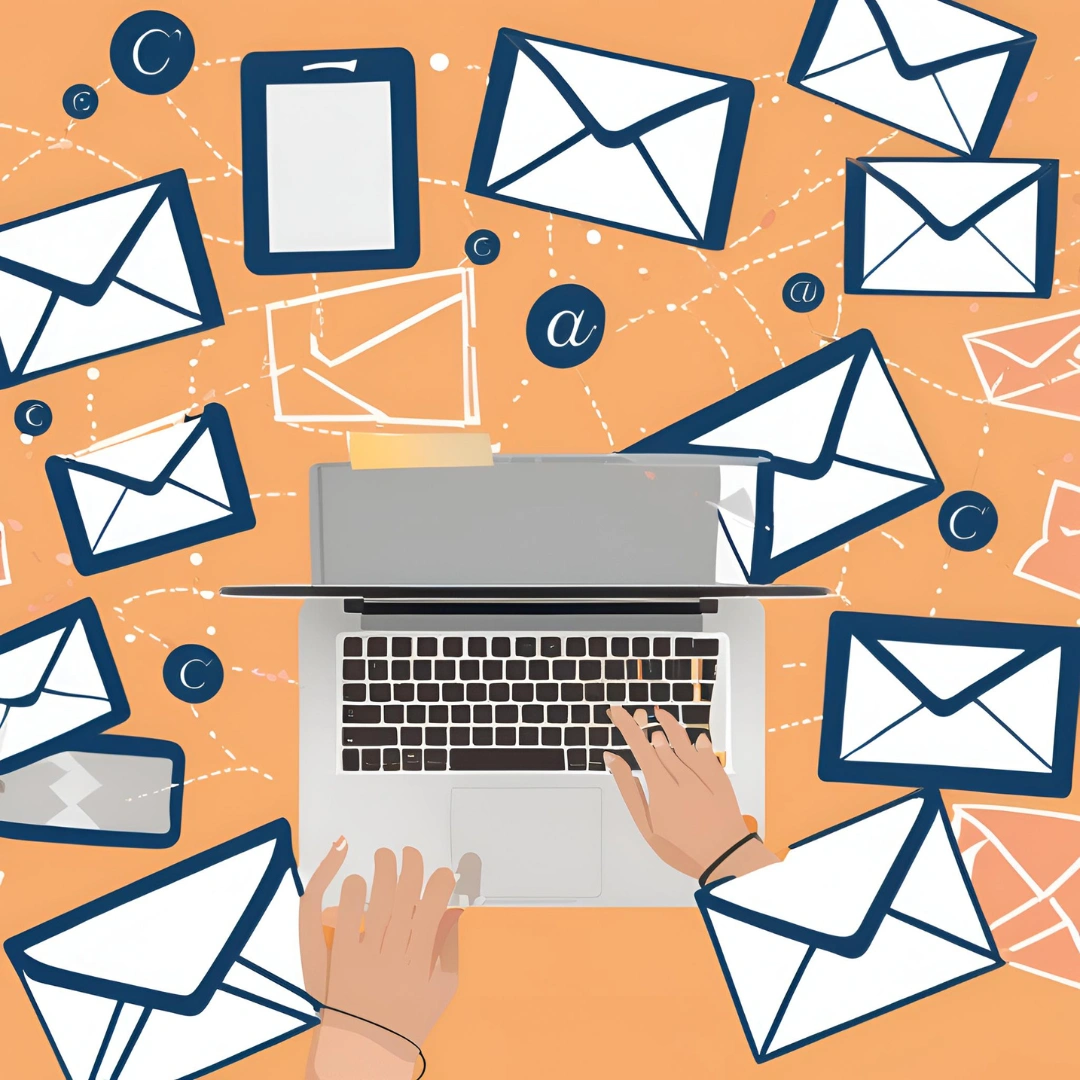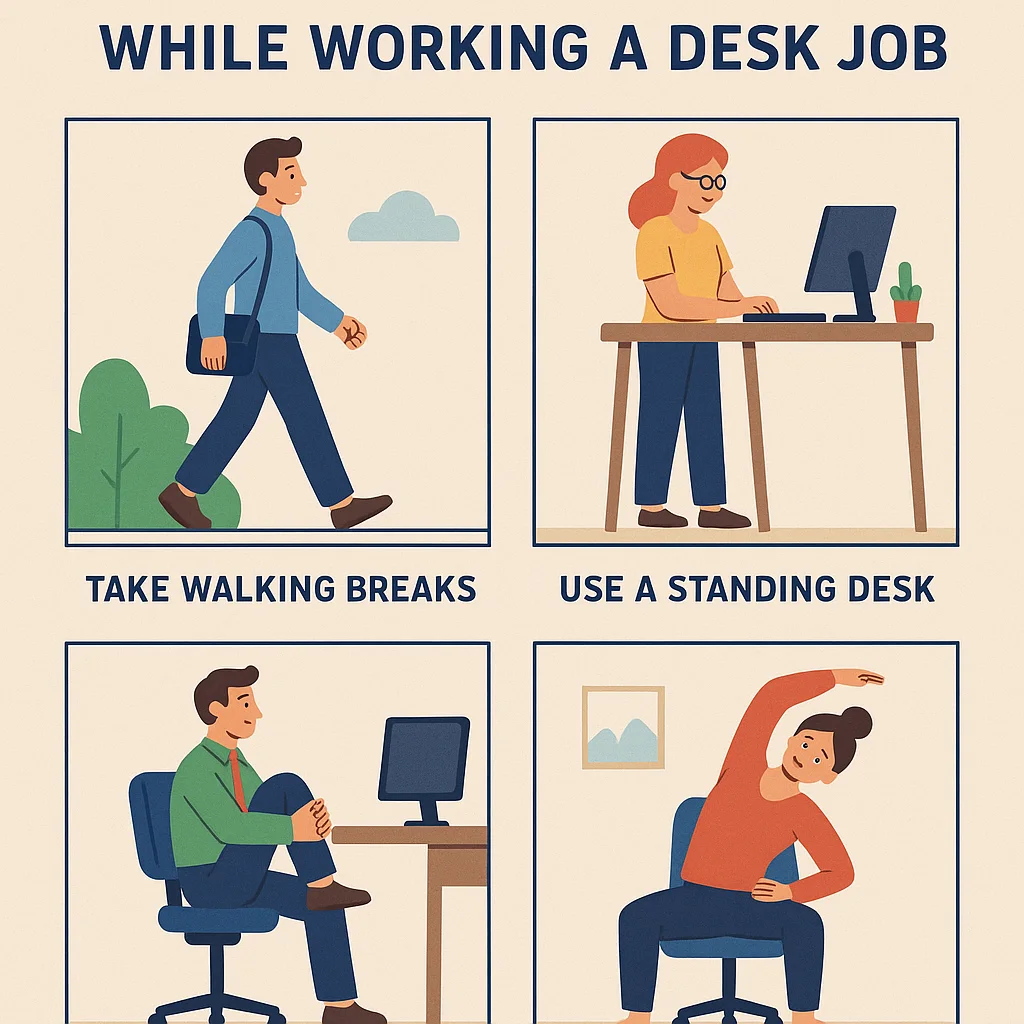Email is an essential tool for communication in both personal and professional contexts. Even while email is widely used, many people find it difficult to follow the formalities, which can result in miscommunication, lost opportunities, or even strained relationships. Your ability to communicate can be greatly improved by learning and using appropriate email etiquette, which will enable you to express yourself politely, clearly, and successfully. We'll go over the fundamentals of email etiquette, typical blunders to avoid, and best practices in this extensive guide to make sure your emails are powerful and professional.
1. The Importance of Email Etiquette
The set of norms and regulations that control conduct and communication style in emails is known as email etiquette. Similar to how there are social expectations for in-person meetings, there are also standards for email correspondence. Email etiquette needs to be followed for a number of reasons:
-
Professionalism: It conveys your professionalism and regard for the other person's time and focus.
-
Clarity: Maintaining proper email etiquette helps guarantee that your message is understood as intended and is clear and succinct.
-
Efficiency: Email communication may be streamlined by using appropriate protocols, which also lessen the chance of misunderstandings and the need for follow-up correspondence.
-
Relationships: By demonstrating thoughtfulness and respect, proper email etiquette promotes productive relationships with clients, coworkers, and other contacts.
2. Email Etiquette Basics
Prior to getting into the details, it's critical to comprehend a few basic ideas that underpin all business communications.
2.1 Use a Professional Email Address
It is crucial that your email address conveys professionalism because it is frequently the first thing the recipient sees. Particularly in a business environment, your email address should ideally contain your name and belong to a professional domain. When sending professional contact, steer clear of informal or odd email addresses.
Example of a Professional Email Address:
-
Acceptable: john.doe@example.com
-
Unacceptable: coolguy123@example.com
2.2 Choose an Appropriate Subject Line
Because it affects how your email is interpreted and whether it is opened, the subject line is very important. An effective subject line is brief, educational, and pertinent to the email's body content. Stay away from subject lines that are too general or ambiguous since they may cause your email to be misread or disregarded.
Examples of Effective Subject Lines:
-
Meeting Confirmation for Friday, Sept 10
-
Action Required: Q3 Sales Report Review
-
Invitation to Join the Upcoming Webinar
2.3 Start with a Professional Greeting
The tone of the entire email is established by the way you address the recipient. It is crucial to greet people with decency and appropriateness when in professional settings. It's best to be more formal when emailing someone you don't know well or if it's your first time.
Examples of Professional Greetings:
-
Formal: Dear Mr. Smith, or Dear Dr. Johnson,
-
Semi-Formal: Hello John, or Hi Jane,
-
Informal (for close colleagues): Hi John,
2.4 Be Clear and Concise
Every day, people get dozens or even hundreds of emails. Keep your emails as concise and direct as you can while still providing all the facts your receiver needs to know, out of consideration for their time. Subheadings, bullet points, and brief paragraphs can help break up material and make your email easier to read.
Tips for Clear and Concise Emails:
-
Get to the Point: In the opening few phrases of your email, clearly state its goal.
-
Use Bullet Points: Use bullet points to concisely list the steps or significant items.
-
Avoid Jargon: Make your language understandable by keeping it simple.
2.5 Mind Your Tone
In written communication, tone can be tricky to express; sometimes, something you mean to be nice can come out as harsh or abrupt. Aim for a balance between professionalism and warmth in your sentence structure and word choice.
Tips for Maintaining an Appropriate Tone:
-
Be Polite: Use polite language, such as "please" and "thank you."
-
Avoid All Caps: Writing in all caps can come across as shouting.
-
Be Mindful of Punctuation: Overusing exclamation points can make you seem overly excited or unprofessional.
3. Structuring Your Email
The way your email is structured affects how others will understand it. A coherent email is simpler to read and comprehend, increasing the likelihood that your message will be understood and used effectively.
3.1 Start with a Clear Purpose
The goal of your email should be stated clearly at the outset. The purpose of your email and your goals should be stated in the opening paragraph. In order to prioritize their reaction and comprehend the context, this aids the recipient.
Example of an Effective Opening:
-
Subject: Project Update Request
-
Opening: "I’m writing to request an update on the ABC project. We’re approaching the deadline, and I want to ensure everything is on track."
3.2 Provide Necessary Details
After stating your email's goal, include any information the recipient might need to know. This could contain prior knowledge, particular requests, or actions to take. Make sure you include all pertinent details so the recipient won't need to ask further inquiries.
Example of Providing Details:
-
Details: "The client has asked for a progress report by end of day Wednesday. Please let me know if there are any issues or delays."
3.3 Close with a Call to Action
A call to action (CTA) that makes it obvious what you want the reader to do next should be included at the end of your email. This could be anything like providing information in response, showing up to a meeting, or finishing a task. Make sure your call to action is clear and applicable.
Example of an Effective Call to Action:
-
Call to Action: "Could you please send me the completed report by Tuesday morning? Let me know if you need any additional information from my side."
3.4 Use a Professional Sign-Off
A polished conclusion is essential to making a good impression. Your sign-off can be formal or semi-formal, depending on your relationship with the recipient. Always be sure to provide your entire name, position, and contact details, if applicable.
Examples of Professional Sign-Offs:
-
Formal: "Sincerely," or "Best regards,"
-
Semi-Formal: "Best," or "Thank you,"
-
Informal (for close colleagues): "Cheers," or "Thanks,"
Conclusion
An crucial skill in today's professional world is email etiquette. Following the guidelines and best practices in this guide can help you communicate more effectively via email, project a more polished image, and forge closer bonds with clients and coworkers. Maintaining good email etiquette will help you communicate more effectively, politely, and clearly—whether you're sending out a quick update, breaking critical news, or handling a delicate situation.





Leave a Reply